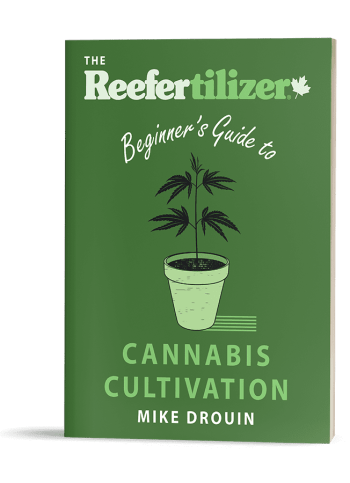Hey there, grow gurus and green thumb buddies! Ready to dial in on your autoflower game? We’ve got the lowdown on a hot topic every compact cannabis cultivator ponders: can you really top an autoflower without throwing a wrench in its growth?
There’s a lot of chatter in the grow community about whether a little snip-snip to your autos does more harm than good.

So, we’re here to clear the air, offer some solid guidance, and help you turn your autoflowers into the envy of the block.
First off, let’s bust some myths surrounding autoflower topping. Then, we’ll sprinkle in some know-how about autoflower life cycles so that you’ll grasp exactly when your plants are ready for a trim. Get ready to grow smart and yield big!
Dispelling Autoflower Topping Myths
“Cutting off the top of my plant? No way, it’ll stunt growth!” That’s the knee-jerk reaction most new growers have when the topic of topping autoflowers comes up. But hold up—is there any truth to this widespread worry?
Here’s the scoop: Healthy autoflowers can indeed be topped, but it’s all about timing and technique. Topping encourages your plants to bush out and can lead to a more robust canopy, and guess what? More canopy, more colas, more goodness.
It’s time to shift your mindset from fear to facts.
Autoflowers do differ from their photoperiod cousins, as their veg time is shorter and their overall life quicker. This doesn’t mean they can’t handle topping; it just means you’ve got to be more like a ninja about it—swift and precise.
Learn to Grow Better Weed
Download our free guide to growing amazing cannabis at home.
Click Here For More Info
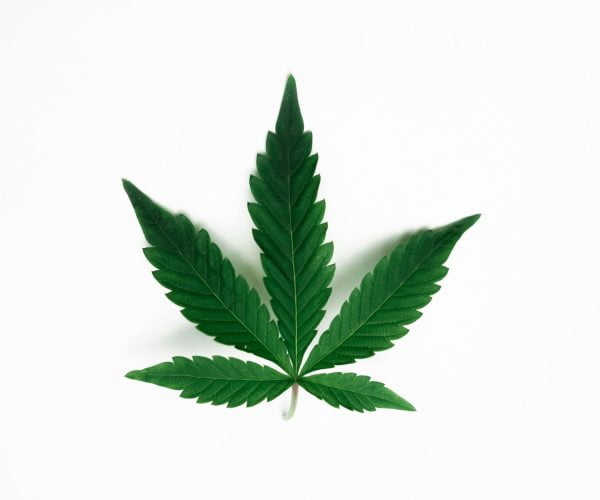
Understanding Autoflower Life Cycles
Autoflower life cycles are like a sprint rather than a marathon. These green wonders flip from seedling to flowering in the blink of an eye—well, more like three to four weeks. This quick change is why timing is king when considering whether to top your plant.
An autoflower typically whizzes through its growth stages, and standard practice dictates you wait for the plant to display three to four nodes before you even consider topping. Do it too late, and you risk stunting during the critical flowering stage. A successful topping at the right time, however, can lead to more buds and an even canopy.
It’s all about understanding that autoflowers have a preset internal clock—a timer that’s running as soon as they pop from the soil. Your mission is to work within this timeline, helping your plant to reach its fullest potential without throwing off its groove. Armed with this knowledge, you’re on your way to cultivating autoflowers like a pro.
Next up, let’s dive into the nitty-gritty of topping and put those fears to rest.
When to Consider Topping an Autoflower
You want to aim for the sweet spot when your autoflower develops its third or fourth node, usually around the 2 to 3-week mark after germination. Beyond this point, your plant will be too close to flowering, and topping could spell trouble, potentially reducing yields rather than boosting them.
Now, remember, even within this timeframe, it’s crucial to assess your plant’s health. If your green buddy had a rough start or isn’t looking its best, topping might not be the best idea. Healthy, vigorous plants are the prime candidates for this technique.
Step-by-Step Guide to Topping Autoflowers
Let’s walk through the topping process, making sure we do it right:
- Choose the Right Moment: Working within the third or fourth node stage is best. Ensure the plant is healthy and resilient.
- Gear Up: Sterilize your cutting tool of choice—sharp scissors or pruners ensure a clean cut and reduce risks of infections.
- Locate the Top: Find the main stem and the newest node at the top of your plant.
- Make the Cut: Snip the main stem right above the second or third node. Aim to remove just the tip, including the newest node, without damaging the lower nodes.
- Post-Top Care: After topping, monitor your plant for signs of stress and maintain proper watering and nutrition to support recovery.

Avoiding Stress During Pruning
Topping is a bit of a shock to your plant’s system, but you can minimize the fallout with these pointers:
- Timing is everything: Don’t top during pre-flower or flower stages. Stick to the early veg phase.
- Keep tools clean: Prevent infections by sterilizing your pruners before each cut.
- Watch water and nutrients: After topping, your plant may need a little extra love—providing a diluted dose of Reefertilizer Grow can ease its recovery.
- Gentle environment: Maintain a stable environment with comfortable temperatures and humidity to encourage your plant’s comeback.
Every time you interrupt your plant’s growth, it needs a chance to bounce back. Keep conditions ideal and your autoflower will reward you with a hearty recovery and potentially a more fruitful yield.
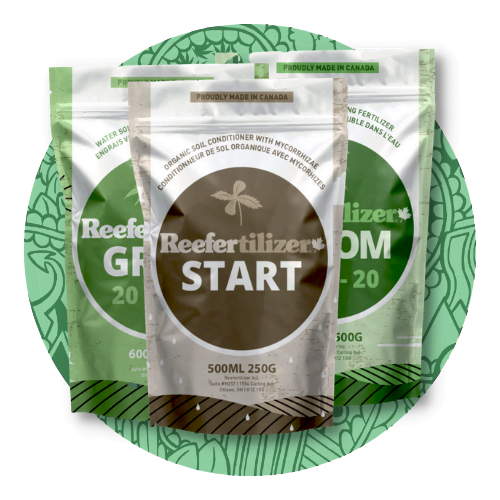
Remember, growing is all about learning and adapting. Don’t be afraid to try topping on a few plants and compare the results to those left untopped. Keep notes, observe your plants, and with a little experience, you’ll unlock the secrets to maximizing your autoflower harvests.
Simplify your grow, elevate your results. Try Reefertilizer today.
If you want to learn even more about growing good cannabis, we offer a free 40+ page guide full of images.
Now available on Amazon.
Sign up for our newsletter and download the digital copy today!
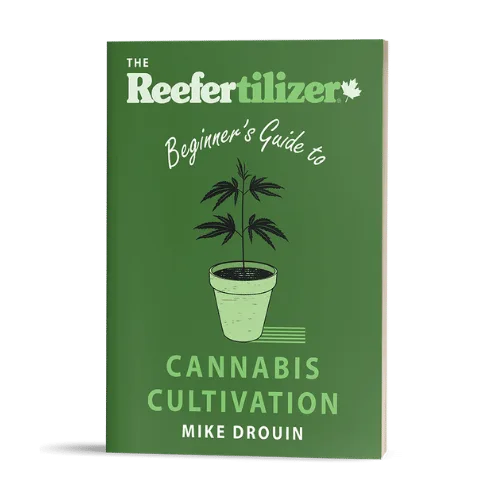
This guide will answer many questions about growing cannabis, like the following...
Selecting Seeds
Identify and Correct Problems
Maximize Yield
Much More...
Get a Chance to INSTANTLY WIN a Reefertilizer Nutrient Kit When You Sign Up.
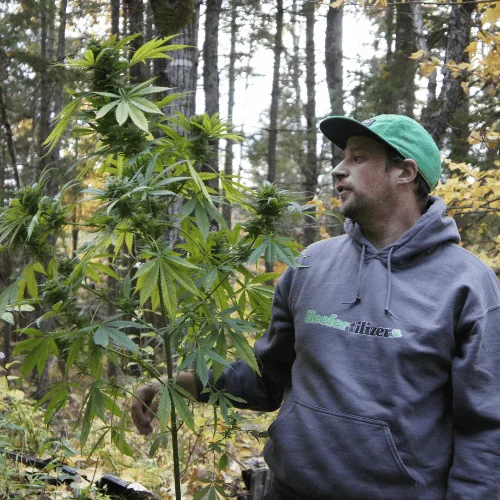
Mike Drouin is the co-founder of Reefertilizer. He’s an experienced craft cannabis grower and a writer of many articles regarding the process. Mike lives on Vancouver Island and enjoys cycling and camping and will sometimes combine the two.

